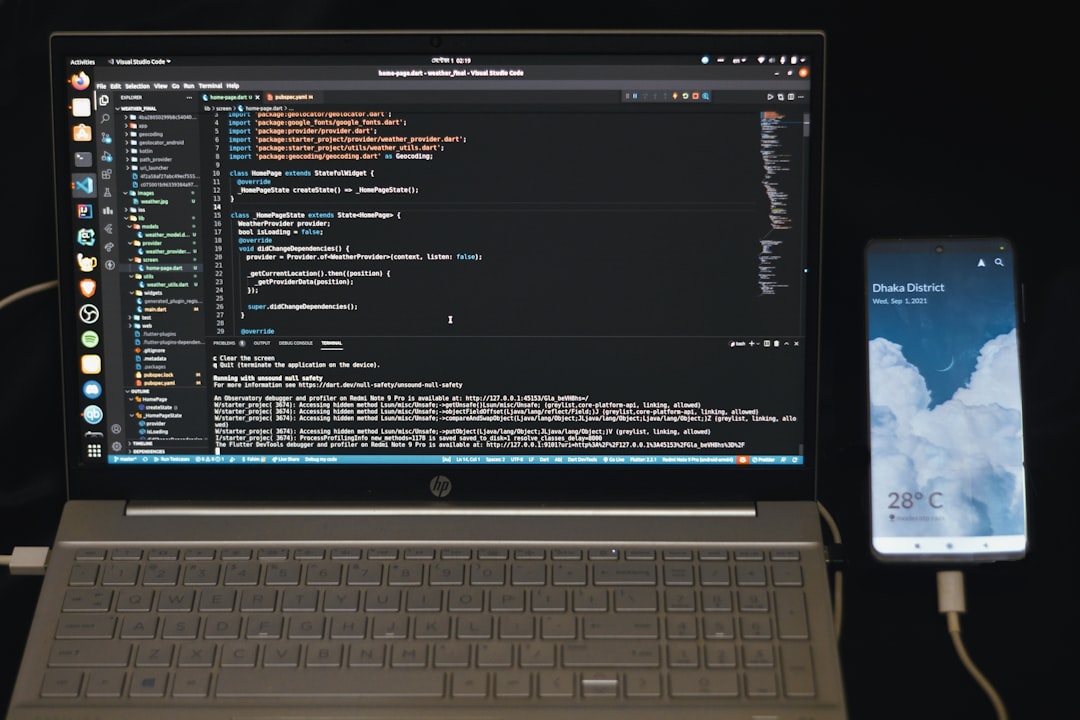As websites and applications continue to evolve in both complexity and scope, ensuring a seamless user experience becomes more critical than ever. One of the most effective strategies for maintaining fast, user-friendly digital products is to implement performance budgets. These budgets serve as measurable limits on resources that impact the speed and usability of a site or application. For both designers and developers, establishing such performance constraints can make the difference between a sluggish interface and a high-performance user experience.
What Is a Performance Budget?
Table of Contents
A performance budget is a set of constraints you apply to your website’s metrics to ensure optimal performance. These constraints can be based on measurable factors such as:
- Page load time
- Total page weight (e.g., in kilobytes or megabytes)
- Number of HTTP requests
- Time to Interactive (TTI)
- Largest Contentful Paint (LCP)
- First Input Delay (FID)
By defining clear numerical targets, teams can align their design and development practices with performance objectives that directly affect user satisfaction, search engine ranking, and conversion rates.
Why Performance Budgets Matter
Today’s users expect fast, intuitive online experiences. Delays as short as a few seconds can lead to frustration, increased bounce rates, and lost revenue. According to various studies, even a single-second delay in page load time can result in a 7% loss in conversions. For large-scale platforms, the financial and reputational consequences are significant.
Performance is no longer just a nicety—it’s a fundamental requirement. Major technology companies like Google and Amazon have demonstrated how closely tied performance is to user engagement and effective functionality. Therefore, setting performance budgets allows teams to proactively manage and enhance speed across all stages of design, development, and deployment.

How Performance Budgets Influence Design
Designers are often focused on visual storytelling and creating compelling user interfaces. However, if these designs rely heavily on high-resolution imagery, custom fonts, or animations, they can significantly affect load times.
Integrating performance budgets in the design phase encourages best practices like:
- Optimizing image sizes and formats: Using tools like WebP or AVIF formats can reduce file size without compromising visual quality.
- Limiting typography variations: Instead of multiple custom fonts, choosing one or two web-optimized typefaces helps reduce load.
- Rethinking layout complexity: Simple and clean UI layouts are not only intuitive but also faster to render.
- Focusing on mobile first: Mobile-first design ensures we start with the most resource-constrained environment.
Conscious decisions based on performance constraints ultimately lead to higher quality outcomes, ensuring that aesthetic appeal doesn’t come at the cost of speed.
How Developers Benefit from Performance Budgets
For developers, performance budgets serve as a constant reminder to prioritize efficiency in code implementation. They provide clear guidelines that help avoid technical debt and ensure scalability.
Key practices influenced by performance budgets include:
- Minimizing JavaScript bundles: Excessive JavaScript can delay executing user interactions. Budgets help guide refactoring and smarter module loading.
- Lazy loading assets: Only loading what the user needs at any moment improves the perceived performance.
- Reducing API calls: Optimizing backend interactions leads to faster page rendering and improved performance metrics.
- Adopting efficient build tools: Using tools like Webpack or Vite can automatically enforce performance-related constraints during the build phase.
With budgets in place, developers can benchmark their choices against defined goals, fostering accountability and streamlined engineering practices.

Setting Up a Performance Budget
Setting an effective performance budget begins with understanding your users—specifically their devices, network conditions, and behavior expectations. A budget for a mobile-first e-commerce site in developing regions will differ from that of a desktop-only enterprise dashboard.
Here’s how to go about setting a performance budget:
- Analyze existing data: Use tools like Google Lighthouse, WebPageTest, or Chrome DevTools to assess current performance benchmarks.
- Identify critical metrics: Define what matters most—load time, speed index, or resource size?
- Set aggressive but realistic targets: Use averages from competitor sites and baseline user expectations as reference points.
- Include stakeholders: Get buy-in from both designers and developers. Everyone should have a role in adhering to the budget.
- Automate budget enforcement: Leverage CI/CD integrations to ensure performance thresholds are monitored and enforced during development.
Tools and Frameworks That Support Performance Budgets
The modern development ecosystem includes numerous tools that support creation and enforcement of performance budgets:
- Lighthouse CI: Automatically runs audits on pull requests and flags regressions.
- Webpack Performance Hints: Gives warnings when bundled files exceed thresholds.
- Calibre and SpeedCurve: Provide continuous monitoring based on user-defined budgets.
- Bundlephobia: Analyzes npm package sizes to help avoid bloat during dependency management.
These tools ensure that performance metrics become an integral part of the build and release pipeline, rather than an afterthought.
Collaboration and Communication Between Teams
Performance budgets thrive when treated as a shared objective. Collaboration between UI/UX designers, frontend and backend developers, product managers, and QA engineers ensures that everyone understands how their decisions affect outcomes.
Here are steps for fostering effective communication:
- Use shared dashboards to display live performance metrics across environments.
- Establish clear criteria for evaluating whether a feature can go live.
- Encourage performance reviews during design critiques and code reviews.
When performance becomes part of a team’s culture, it naturally blends into daily practices, reducing friction and raising accountability.

Challenges in Implementing Performance Budgets
While the benefits of performance budgets are clear, teams may face obstacles such as:
- Resistance from stakeholders who push for flashy features at the expense of speed.
- Lack of baseline data, making it difficult to set realistic targets.
- Overly aggressive expectations that frustrate development efforts and lead to burnout.
To mitigate these challenges, it’s crucial to frame performance as part of the product’s value proposition. Educate stakeholders on how performance affects ROI. Use incremental improvements to gain momentum and let real data guide future constraints.
Conclusion
Performance budgets are more than arbitrary numbers—they’re strategic tools that keep design and development focused on delivering high-value experiences. By embracing them, teams are better positioned to balance aesthetics, functionality, and speed, meeting modern user expectations consistently.
In today’s competitive market, performance is not optional. It’s essential. Integrating performance budgets from the earliest planning stages ensures your digital product remains fast, accessible, and resilient in a world of ever-increasing complexity.

